Types of Social Media Influencers & How They Impact Brands
Learn about the different types of social media influencers, from nano to mega, and how they shape trends, brands, and audience engagement.
Rosin | 17 March 2025

Table of Content
Social media influencers have become a powerful force in digital marketing. Their ability to connect with audiences, influence trends, and affect consumer choices makes them important in today’s branding strategies. Businesses across industries are increasingly collaborating with influencers to enhance brand visibility, build credibility, and drive sales.
But not all influencers are the same. Knowing the different types of social media influencers can help brands. This understanding allows marketers to make better choices when planning campaigns.
Types of Social Media Influencers
1. Nano-Influencers (1K–10K Followers)
Nano influencers have the smallest follower count but the highest engagement rates. Their audiences are often friends, family, and niche communities, making their recommendations highly trusted.
Impact on Brands:
- High engagement: Their audience values their opinions and interacts frequently.
- Authenticity: Since they don’t rely on paid promotions, people view their recommendations as genuine.
- Cost-effective: They often work together for free products or low-cost campaigns. This makes them great for startups and small businesses.

2. Micro-Influencers (10K–100K Followers)
Micro-influencers are considered experts in a niche, whether it’s fitness, beauty, tech, or lifestyle. They have dedicated followers who trust their content and advice.
Impact on Brands:
- Strong audience trust: Their followers are loyal and engaged.
- Targeted marketing: Brands can reach a specific demographic by collaborating with them.
- Better ROI: Micro-influencers usually provide a better return on investment than larger influencers. This is because they have a strong organic reach and are more cost-effective.

3. Macro-Influencers (100K–1M Followers)
Macro influencers have significant reach and can influence wider audiences. They are often professional content creators, YouTubers, or social media personalities.
Impact on Brands:
- Increased visibility: Their large audience means greater exposure for brands.
- Professional content: They create high-quality, engaging content that aligns with brand messaging.
- Diverse audience: Brands can reach people across multiple demographics.
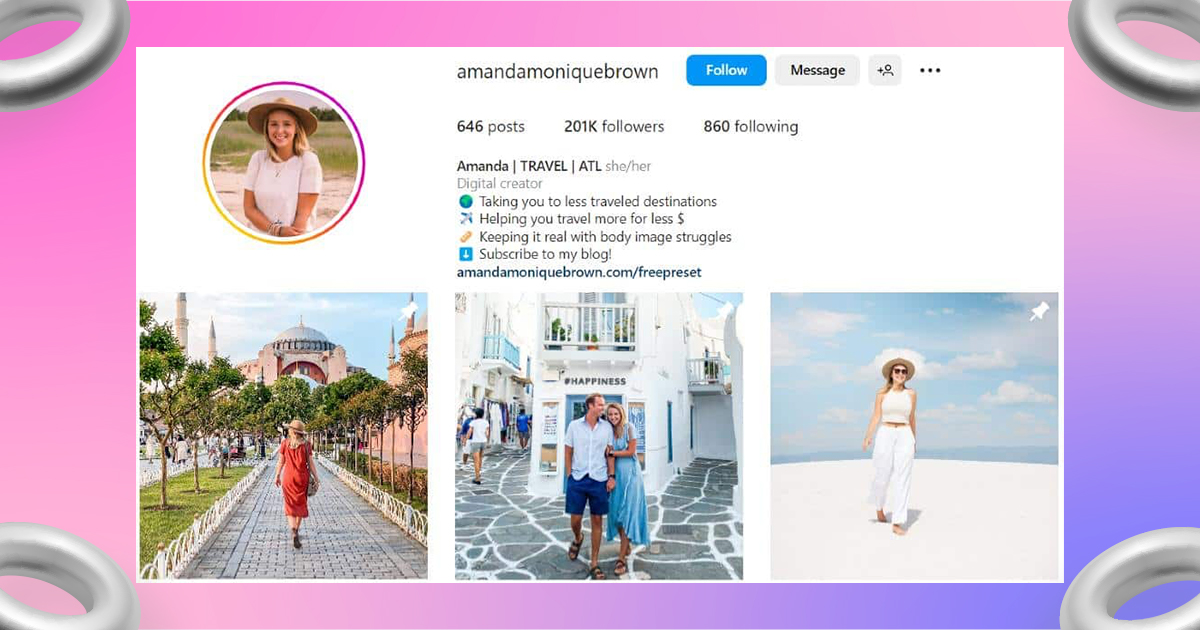
4. Mega-Influencers (1M+ Followers)
Mega-influencers include celebrities, top YouTubers, and high-profile social media personalities. They have massive influence and reach millions of people worldwide.
Impact on Brands:
- Maximum exposure: Ideal for global brands aiming to reach a massive audience.
- Influence purchasing decisions: Their endorsements significantly impact consumer choices.
- Expensive partnerships: Brands need a high marketing budget to collaborate with them.
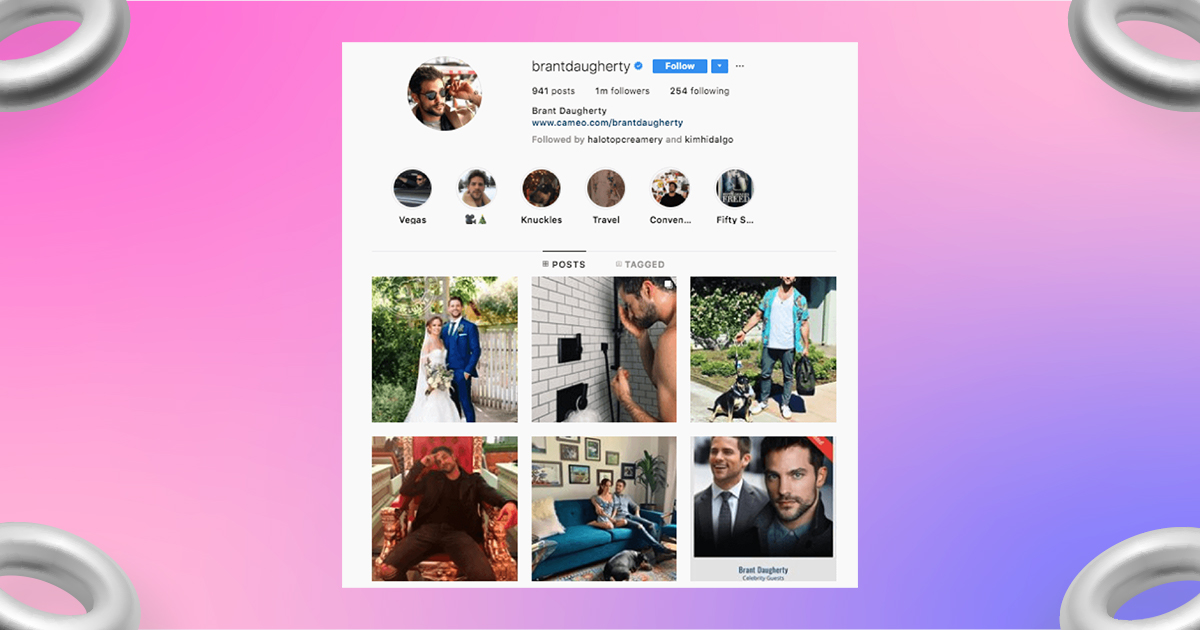
5. Celebrity Influencers
These influencers gain fame through entertainment, sports, or public life. Their followers view them as trendsetters and often aspire to their lifestyle.
Impact on Brands:
- Instant brand recognition: A single post can generate massive interest.
- Best for luxury brands: High-end brands benefit most from their endorsements.
- Expensive partnerships: Working with celebrities requires a substantial marketing budget.

6. Industry Experts & Thought Leaders
These influencers are recognized specialists in their field, such as doctors, business consultants, and tech analysts. They have authority and credibility in their industry.
Impact on Brands:
- Boosts credibility: Their endorsements enhance a brand’s reputation and trustworthiness.
- Best for B2B marketing: Ideal for professional services and industries requiring expert validation.
- Higher conversion rates: Their audience values informed recommendations.

7. Content Creators (Bloggers, YouTubers, and Podcasters)
These influencers focus on creating long-form, valuable content that educates, informs, or entertains their audience.
Impact on Brands:
- Improve SEO: Blog posts and videos create backlinks and improve search rankings.
- Sustained engagement: Their content remains relevant for a long time.
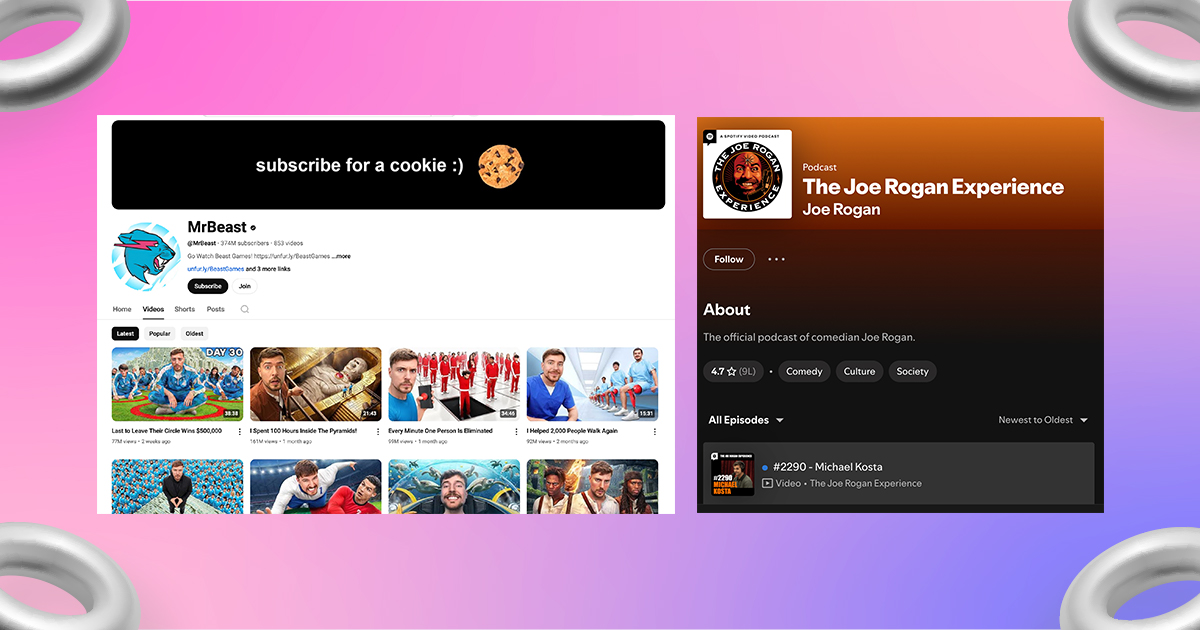
Drives website traffic: Their audience often visits brand websites for more information.
8. Social Media Stars (TikTokers, Instagram Influencers, and Streamers)
These influencers create short videos on TikTok, Instagram, and Twitch. This makes them great for brands that want to reach younger audiences.
Impact on Brands:
- Viral marketing potential: Their content spreads quickly and engages audiences.
- Trend-driven campaigns: They help brands stay relevant by participating in popular trends.
- Best for fashion, beauty, and entertainment brands: They dominate industries that thrive on visual appeal.

How Influencers Impact Brands
1. Enhancing Brand Awareness
Influencers expose brands to new audiences, increasing visibility and attracting potential customers.
2. Building Consumer Trust
Influencers create authentic connections with their followers, making brand endorsements more credible than traditional advertising.
3. Driving Engagement and Sales
Influencers generate high engagement through likes, comments, and shares, leading to higher conversion rates.
4. Boosting SEO and Online Presence
Collaboration with influencers helps brands gain backlinks, increasing search engine rankings and organic traffic.
5. Cost-Effective Marketing
Nano and micro-influencers provide affordable marketing solutions with high ROI, making influencer marketing a cost-effective strategy.
6. Trendsetting and Cultural Influence
Influencers shape trends and public opinions, making them powerful allies in shaping brand perception.
7. Long-Term Brand Loyalty
Partnering with influencers helps brands foster strong customer relationships, leading to repeat business and brand loyalty.
Conclusion
Knowing the different types of social media influencers helps brands make better marketing choices. Using nano-influencers for local engagement or mega-influencers for global reach can help brands grow. Influencer marketing is a strong tool for this purpose.

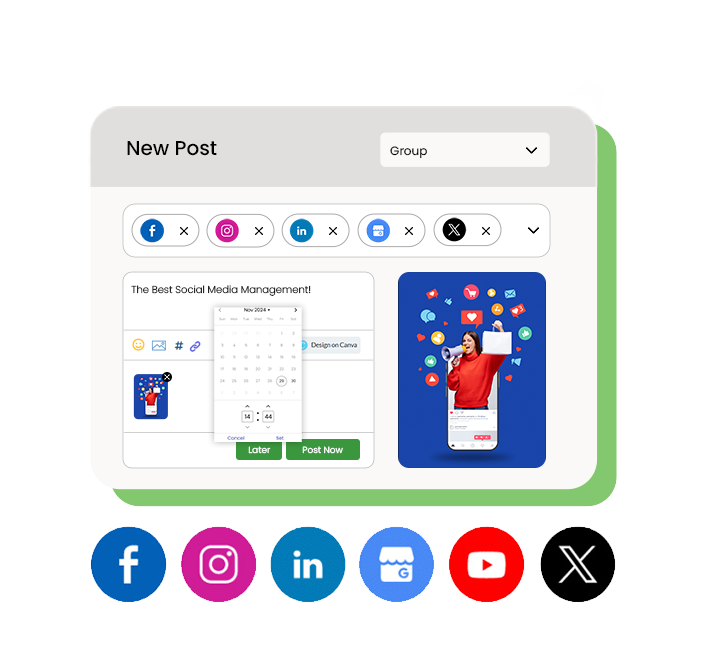

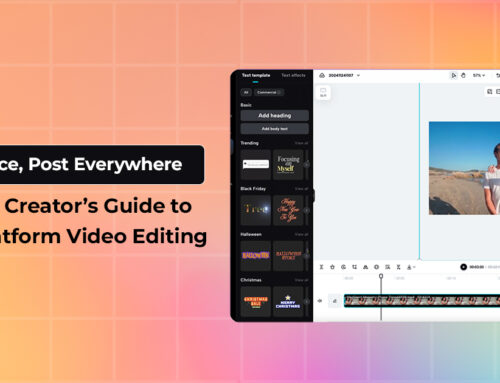

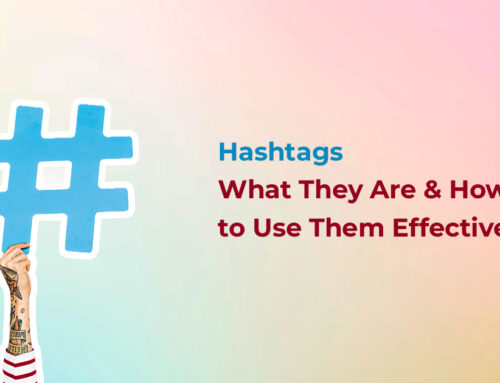

Leave A Comment